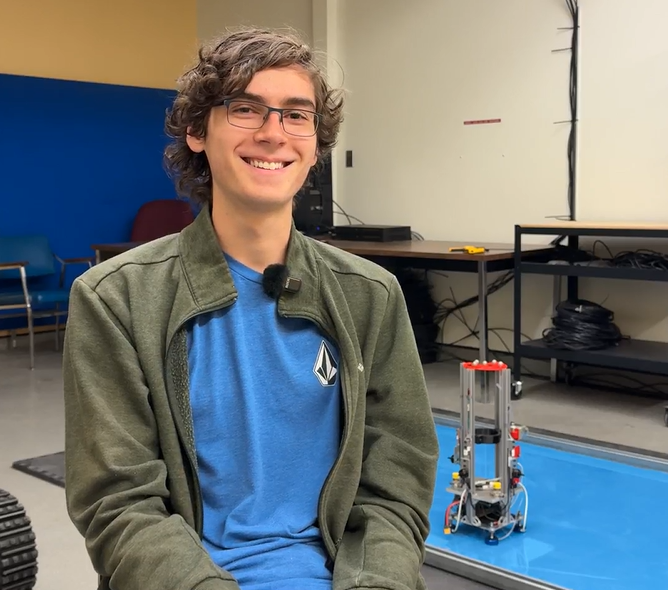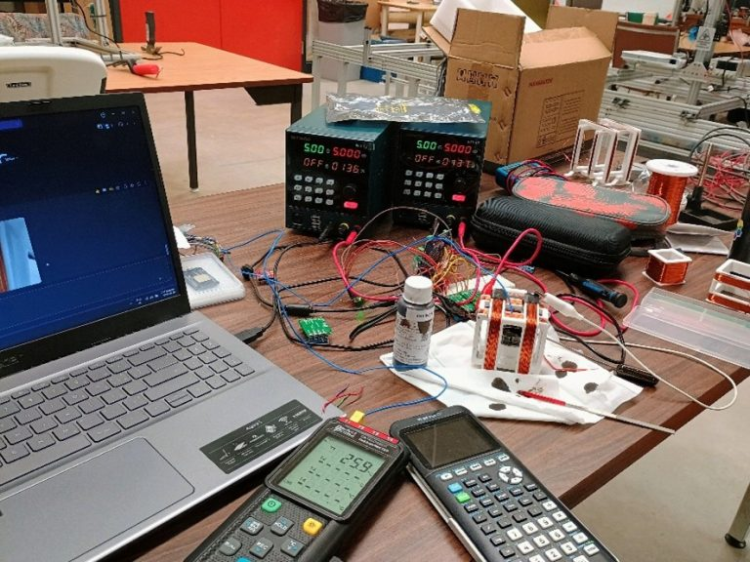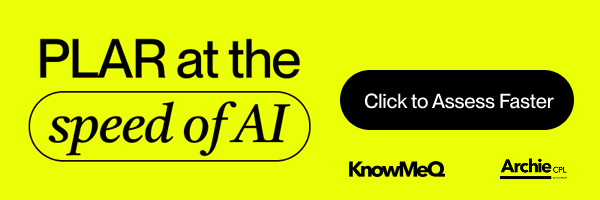Not many undergraduate students can say they spent their summer designing helium drone airships, assessing the density of whale blubber and figuring out how to effectively spin satellites using magnetic liquid. But for second year student Aidan Hartry, this was exactly what he did thanks to funding from an Undergraduate Research Award (URA).

Aidan Hartry, Undergraduate Research Award recipient
Hartry spent the summer working with researcher Dr. Phil Ferguson and the team at UM's Space Technology and Advanced Researcher (STAR) Lab in the Price Faculty of Engineering on some very special projects that will have big impact for northern communities.
"The URA provided me with the amazing opportunity to actually do engineering work and learn alongside the best," says Hartry. "I was on the fence about whether I wanted to study electrical or mechanical engineering and this gave me the direction I needed I now know I want to focus on mechanical engineering."
Designing airships to provide connectivity in the North
One of Hartry's tasks was helping to design a unmanned helium airship capable of carrying communication equipment to help connect remote communities. This technology will replace the patchwork of telecommunications systems that currently underserve communities in the North.

Creating the reaction wheel in the lab
Using computer-aided design, Hartry learned how to account for all the factors that would affect the loft, speed and the ability of the blimp to work in arctic conditions. Through trial and error, and many iterations of the design, Hartry learned how to improve and alter the blimp to make it fit design constraints.
His mantra for the summer was Learn New Things', because every day was filled with so many new questions and challenges.
"It was a steep learning curve, but everyone in the lab collaborates to solve the smallest design issues," says Hartry. "I was able to learn through an iterative process of trial and error where failure meant I just had something to build on to make it work."
As part of another project, Hartry worked to design a new kind of reaction wheel for satellites. With this reaction wheel, magnetic liquid could be used to spin the satellite instead of using a larger, heavier motor to spin a solid disk. This mechanism could be used for small satellite projects, such as those run by universities.

Black magnetic liquid rotating inside the reaction wheel designed by Aidan Hartry
The cage specifications included having enough copper wiring to run a strong electrical current and enough space for the reaction wheel. With one design leading to another, the cage design continues to get smaller with a stronger magnetic field. He plans to continue this work as a volunteer in Ferguson's lab throughout the academic year.
Whale blubber and the tracker tag
A particularly fun and intriguing challenge for Hartry was working on the Aerial Tagging System for Beluga Whales project. Learning alongside Ferguson and the team, his challenge was to determine what velocity a dart would need to tag a whale with a tracker.
While researchers currently tag belugas from boats in the water, this is stressful for both the researchers and whales, who are spooked by the chaos of boat noise and human interaction.
The team is designing a system where aerial drones can be used to locate whale pods and shoot a tracker dart with enough velocity to penetrate the whale's thick skin without causing harm or simply bouncing off.
"I never pictured myself learning about the ballistic properties of whale blubber, but we needed to determine the surface resistance in order to create a strong enough delivery mechanism from a drone to the whale," says Hartry. "It was a really fun and unique problem and opened my eyes to how engineering is key to pretty much every human activity"
About Undergraduate Research Awards (URA)
The URAs are funded through the Office of Vice-President (Research & International) and the University of Manitoba Students' Union (UMSU), along with support from faculties. These awards provide undergraduate students with access to exciting research opportunities.
The application period for Summer 2026 starts in mid-January. Find more information here.
Research at the University of Manitoba is partially supported by funding from the Government of Canada Research Support Fund.










